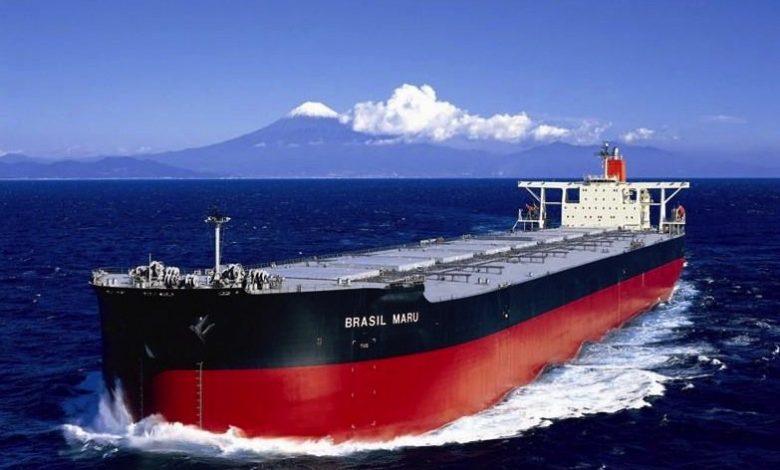
Tokyo: Japanese yards are competitive once again, offering deals that put them very close to their East Asian rivals for the first time in more than a decade. The weak yen and extremely generous financing terms offered in Japan have made many ships on offer there less than 5% more expensive than Chinese equivalents, the first time ever such a small price divide has been available. Combined with the better sale and purchase possibilities for Japanese tonnage, and all of a sudden shipowners are seriously looking at building in Japan again after a generation of decline, Splash has learnt in a far ranging survey.
“Cheap financing now is available only from Japan,” Alastair Macaulay, a partner at law firm Clifford Chance, told Splash. “With the yen where it is now, Japanese yards are competitive again. More and more owners are tapping Japan for finance,” he added.
For the past 18 months the yen has steadily weakened against the dollar, trading today at 119 to the dollar.
“The yen is working in Japanese yards’ favour,” commented David Beaves, who heads up law firm Ince & Co’s Hong Kong office. He described Japanese financing as “basically equity free”.
Julian Procter, managing director of Tiger Group Investments, concurred with the sentiment of the two lawyers, telling Splash: “Japanese yards are competitive.” He related how he was recently quoted for a Japanese ship that was less than 4% off a Chinese equivalent cost. “I have never seen that in my life,” Procter said. Procter cautioned however that not everyone can access Japanese financing.
Quite so, agreed Tim Huxley, ceo of Hong Kong’s Wah Kwong Maritime Transport Holdings. “Japanese yards are very competitive again, but still very selective who they will build for,” he said.
A number of Hong Kong owners including Wah Kwong, TCC Group and Pacific Basin have led the charge lately, securing financing and berth slots in Japan.
The Japan Bank for International Cooperation (JBIC) announced two weeks ago that the number of ship export loans it provided in the last fiscal year hit a 20-year high, totalling 26 loans.
Japan’s yards have contracted massively over the past 15 years as it slipped from top spot to third in the global shipbuilding ranks. Its ship output too changed to focus very firmly on bulkers. However, lately as the nation has suddenly become attractive again for shipowners around the world its yards are touting a wider variety of ship types.
A recent report from Clarksons shows that Japanese shipbuilders account for 45% of the 10,388 bulk carriers (10,000+ dwt) in the world fleet. The bulker share of the Japanese orderbook rose to 73% at the end of 2012 and 2013, the broker noted. However, Japanese yards have taken a greater volume of orders outside of the dry bulk segment more recently. The dry bulk sector now accounts for 53% of the Japanese orderbook. Tankers currently represent 15% of CGT on order, up from 9% at the start of 2013. This reflects an uptick in chemical tanker ordering and Japanese yards now account for 45% of the sector’s total orderbook in terms of CGT. Recent orders for 18,000+ teu boxships at Imabari, the first ever contracts in this sector placed in Japan, have seen a rise in the boxship orderbook to 2.4m CGT in April this year. Strong gas carrier ordering last year has led to a 135% rise in the sector’s orderbook to 2.3m CGT over the same period. Both the gas and boxship sectors now account for 12% of tonnage on order in Japan.
“Evidently, the Japanese orderbook has become less focussed on bulkers in recent years. Yards have seen greater activity in the boxship, gas and tanker sectors whilst bulk carrier deliveries have remained consistent,” Clarksons noted.
